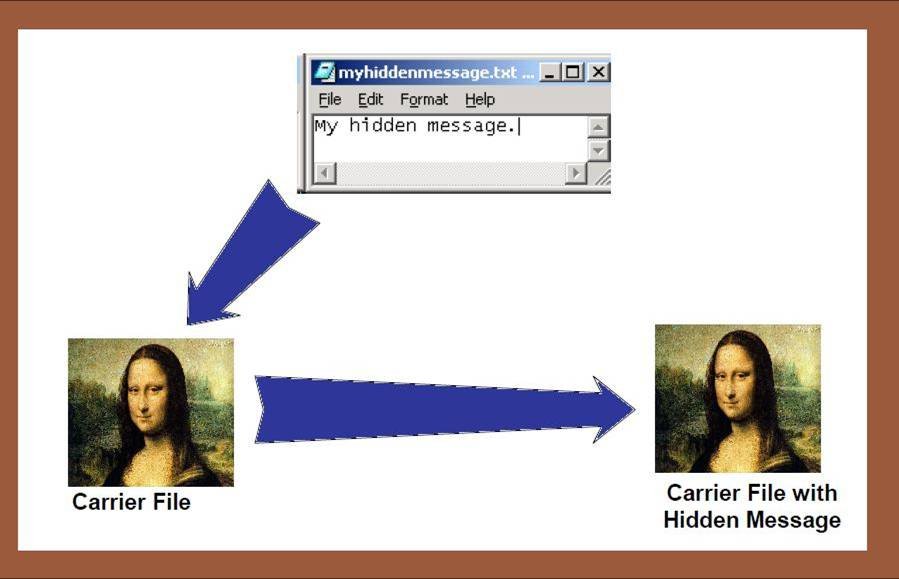Digital forensics specialists report a new attack method consisting of the use of WAV audio files to hide and deliver backdoors and software for the mining of the Monero cryptocurrency on infected systems.
Other variants of this method injected malware
by hiding their payloads in JPEG or PNG image files using steganography, a
technique widely used by threat actors to hide the malware, so it is curious
that this group of hackers has chosen deliver your payloads using malicious
audio files.

Last June, Digital forensics specialists at
Symantec detected a cell from Turla, a group of Kremlin-backed hackers (also
known as Venomous Bear or Wterburg) handing victims the payload that contained
the backdoor Metasploit Meterpreter using an audio track in WAV format.
Now, researchers have discovered that an identical steganography method is used to infect devices with XMRig mining software and Metaploit reverse shell code. “These WAV format files are combined with a powerful component to decode and execute the malicious content, which is hidden among the data in the audio file”, the experts mention.
When played, a seemingly conventional music
archive could be seen, while other collected samples contained only static.
When thoroughly analyzed, the experts detected the payloads of Metasploit and
XMRig: “Hackers were planning a cryptojacking and C&C reverse
connection operation of considerable scope”, the experts add.
During the analysis, digital forensics experts
found that payloads were decoded and executed in three different ways:
- Using
loaders that use less significant bit (LSB) steganography
to decode and run a PE file - Loaders
that use a rand-()based decoding algorithm to decode and run a PE file - With
loaders that use a rand-() based decoding algorithm to decode and run shellcode
Any of these three methods allows threat actors
to successfully hide payloads within any file; they should only avoid
corrupting the structure and processing of the container format. In addition,
implementing this approach adds a new obfuscation layer, as the code-behind is
only revealed in memory, making the payload very difficult to detect.
Although this method of attack is the same used
by the Turla hacker group, the digital forensics experts at the International Institute
of Cyber Security (IICS) consider it to be somewhat hasty to attribute all
these attacks to the same group, since they virtually any hacker could use
similar tools and methods.








